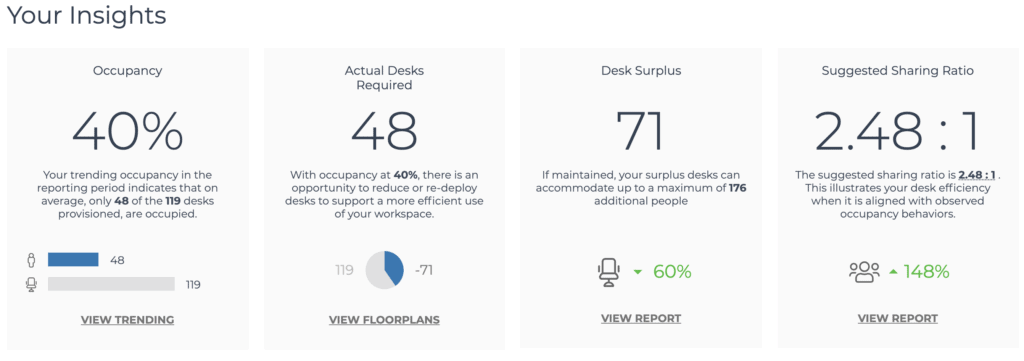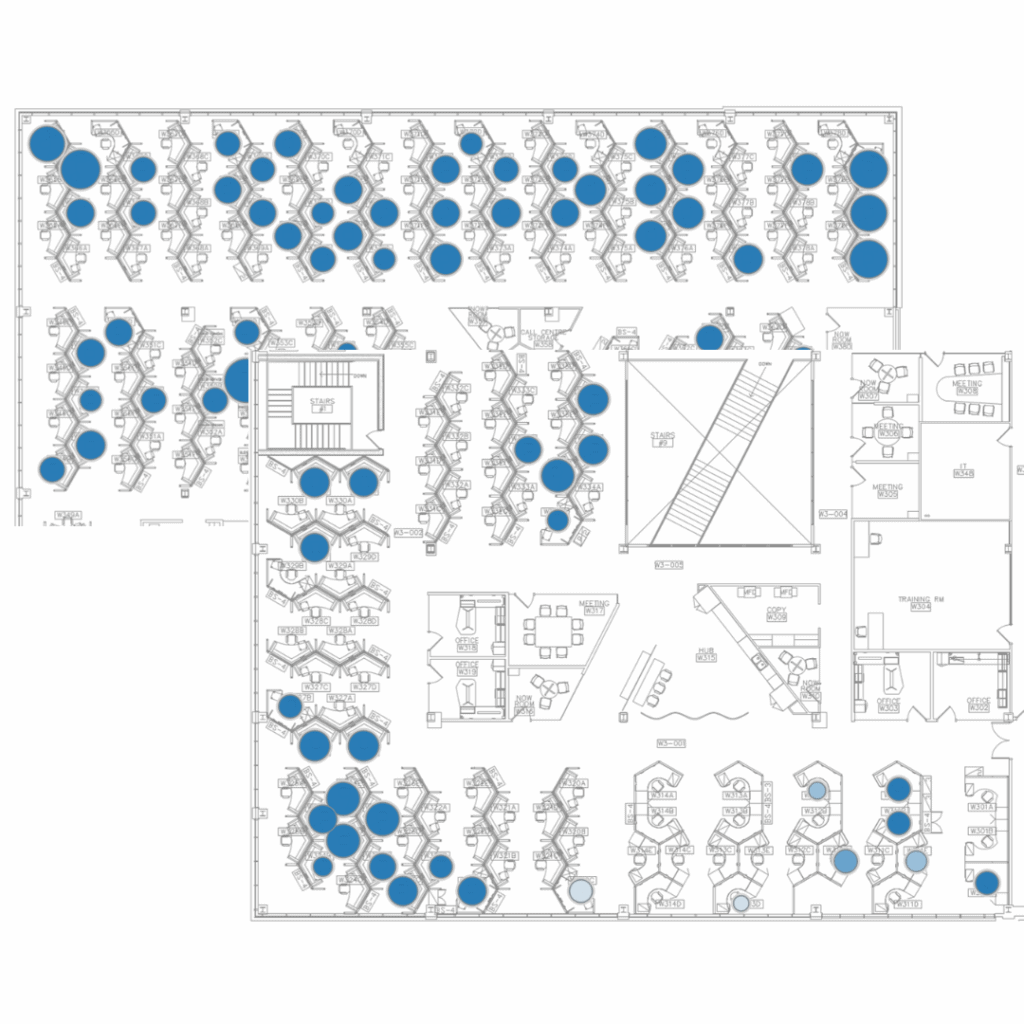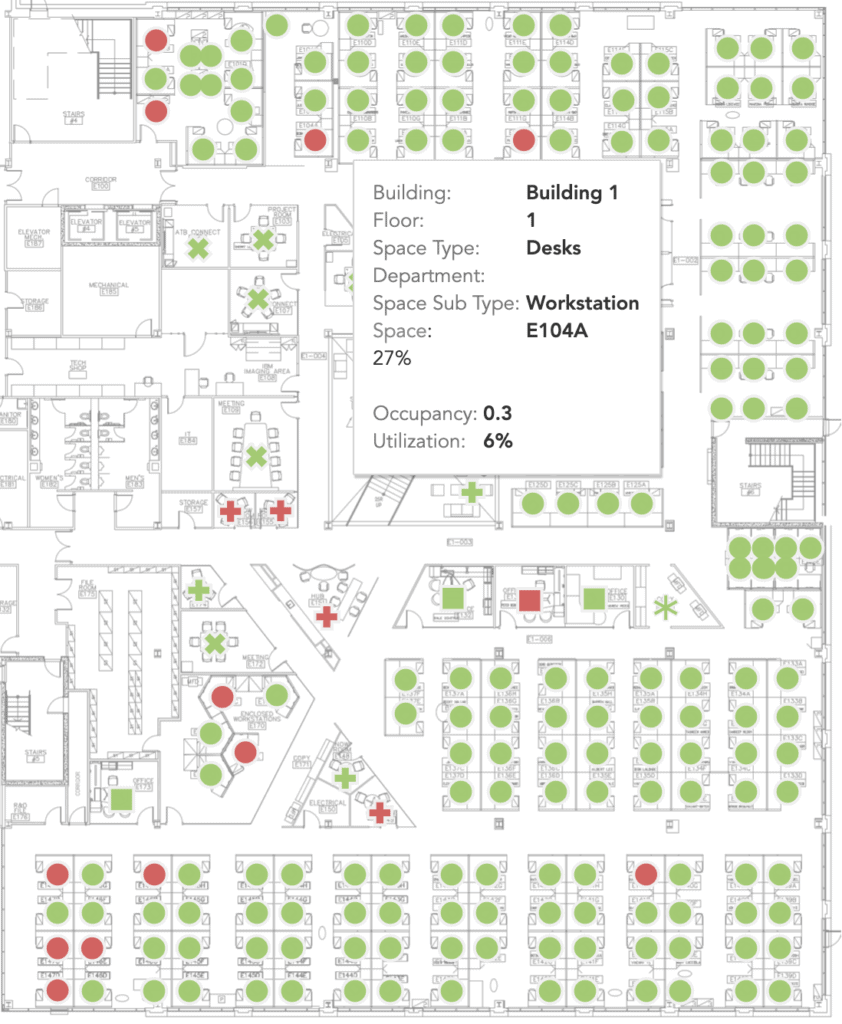3 Ways To Use Data Stories To Manage Your Return To Office
As companies return to the office, how can real estate owners ensure their assets are safe for office occupants?
How can organizations ensure the health and safety of their talent in our new normal?
For many organizations returning to cramped rows of cubicles and open-plan spaces, offices and shared areas will look very different from what they did prior to leaving. With the return to office and subsequent future planning, a focus on health, safety, risk and compliance will be key to successfully managing office spaces in a COVID-19 world.
As we emerge beyond the crisis management phase and enter the return to office phase, we need to develop new processes that require strategic thinking and planning. These new processes – for now and into the future – are being developed without precedent.
How do you develop a plan for something that neither you or your peers have encountered before?
Returning To Work Around The Globe
Cushman and Wakefield’s “Safe Six” protocol compiled thinking and practices of over 53,000 professionals from across the globe. In summary, re-opening workspaces needs to be carefully planned and address key aspects such as the preparation of office buildings and workforces, concrete physical distancing plans, and cleaning of touch points. These will be crucial to employee and building occupant safety.
Companies can mitigate potential risks to employee health and safety through comprehensive planning that begins with a phased transition back to the office and a controlled return to office. There are steps that can be taken to demonstrate action toward mitigating risk.
Data stories combine workspace data analytics and insights with in-depth, explanatory views to inform your day-to-day activities, reporting and CRE strategy. Data stories help you reveal intelligence and insights across your portfolio to elevate your CRE analytics.
Planning For The Future With Data Stories
Around the world, some offices are sitting half-empty where others have already returned to work. In some cases, these offices were half-empty long before COVID. Before COVID, your data told a story about how your workplace was used and how it could be improved.
Now, these data stories are essential to returning to work. Part of planning for our new normal includes using the right tools and data to inform new practices and protocols for our workplaces. Weaving a data story allows you to:
- Eliminate guesswork when making strategic decisions
- Obtain more answers, faster
- Get insights across lines of business
- Establish a single source of truth
- Get standard real estate portfolio metrics
- See where your portfolio has been, where it is now and where it is going
Data Story #1: The Core Data World
In our current return to office scenario, workspace occupancy and utilization data supports health and safety efforts, particularly on floors with high occupancy, in real time. This data, collected through sensor infrastructure, allows for fast action and communication to ensure people are maintaining proper distancing on individual floors and throughout buildings.
In addition, with future phases, the data gathered can contribute to the development of portfolio rationalization strategies that best align with the behaviors that will become our new normal.
Workspace occupancy and utilization data collected through sensor infrastructure includes:
- Floor level occupancy
- Room level occupancy
- Seat level occupancy (e.g. desks, offices that are either shared or assigned)

How do you ensure proper physical distancing protocols are complied with? You can effectively monitor workspaces to see where people are clustering by using spacing and density management technology.
Employees that are too close together will put their health and the health of the organization at risk. This technology helps companies ensure spaces are used according to new physical distancing protocols. The data captured also demonstrates that your organization took every precaution to protect all office occupants, should it ever be required to do so.

Data Story #3: Safe Seats
How will employees know where they can sit, without having to worry about when the space was last occupied? While it’s not certain how long COVID-19 survives on surfaces, data suggests it can persist for a few hours or up to several days.
With this Safe Seats technology, seats are highlighted to show where people were sitting within a set duration of time. The “unoccupied” duration can be changed dynamically so you can immediately see the impact on seat availability in real time, which helps identify problematic areas.
Safe Seat technology is also used to identify seats that were recently used so Facilities Management and cleaning teams can use their time efficiently. Once a seat is cleaned, the seat status is updated and re-established as “safe” and available for occupancy.

Data Stories And You
Workplace analytics tools and the data they gather will be important elements of our new normal. They help ensure health and safety, and mitigate risk for real estate owners and organizations. Finding the right combination of tools will be a crucial element of navigating our new normal, now and into the future.
Watch our free webinar to learn more: How to Manage the Workspace During the COVID Crisis.
